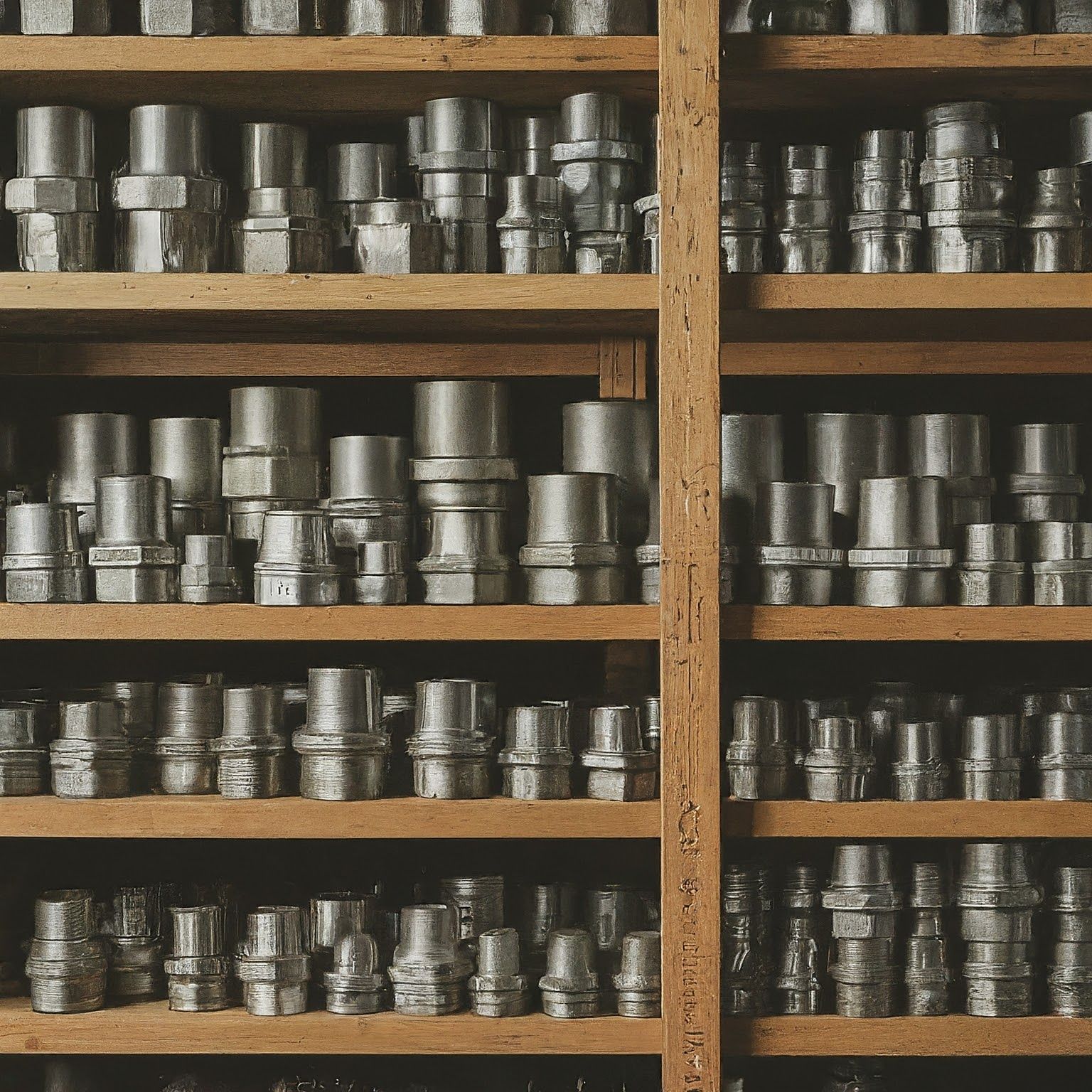
The global pipe fitting industry is a crucial component of various sectors, including construction, manufacturing, and utilities. As projects become increasingly complex and international, sourcing high-quality pipe fittings from around the world has become essential for many businesses.
1. Urbanization and infrastructure development
2. Industrial growth in emerging economies
3. Technological advancements in manufacturing processes
4. Increasing demand for energy-efficient piping systems
Before diving into the sourcing process, it's important to understand the various types of pipe fittings available:
• Steel
• Copper
• PVC
• CPVC
• Cast iron
• Brass
1. Elbows
2. Tees
3. Couplings
4. Unions
5. Reducers
6. Flanges
7. Caps and plugs
Utilize international B2B platforms and industry-specific directories to connect with suppliers worldwide. These platforms often offer detailed product information, certifications, and customer reviews.
Participate in global trade shows focused on piping, plumbing, and industrial supplies. These events provide opportunities to:
• Meet suppliers face-to-face
• Examine product samples
• Learn about new technologies and trends
Join international industry associations related to piping and industrial supplies. These organizations often provide:
• Networking opportunities
• Access to supplier databases
• Market insights and trend reports
Follow pipe fitting manufacturers and distributors on social media platforms and subscribe to industry newsletters to stay informed about:
• New product launches
• Special promotions
• Industry developments
Consider partnering with sourcing agencies or consultants who specialize in the pipe fitting industry. These experts can:
• Identify reputable suppliers
• Navigate international trade regulations
• Assist with quality control measures
When assessing potential suppliers, consider the following factors:
1. Quality certifications (e.g., ISO 9001, API)
2. Manufacturing capabilities and capacity
3. Product range and customization options
4. Pricing and payment terms
5. Shipping and logistics expertise
6. After-sales support and warranty policies
PCFSPN is a company that stands out in the global pipe fitting supply market. With years of experience and a commitment to quality, PCFSPN offers a comprehensive range of pipe fitting solutions for various industries.
1. Extensive product portfolio covering all major pipe fitting types and materials
2. State-of-the-art manufacturing facilities ensuring consistent quality
3. Global distribution network for efficient delivery worldwide
4. Industry-leading quality control measures and certifications
5. Dedicated customer support team for pre- and post-sale assistance
6. Competitive pricing and flexible payment options
• Custom design and fabrication capabilities
• Technical consultation for project-specific requirements
• Inventory management solutions for large-scale projects
• Regular product training and workshops for clients
When sourcing pipe fittings globally, it's crucial to understand and comply with international trade regulations:
1. Import/export licenses and permits
2. Tariffs and duties
3. Product safety standards and certifications
4. Packaging and labeling requirements
5. Environmental regulations
• Work with experienced freight forwarders and customs brokers
• Stay updated on trade agreements and policy changes
• Maintain detailed documentation for all transactions
• Consider obtaining AEO (Authorized Economic Operator) status for streamlined customs processes
To ensure a smooth and efficient supply chain for your pipe fitting needs:
1. Implement a robust inventory management system
2. Develop relationships with multiple suppliers for risk mitigation
3. Utilize forecasting tools to anticipate demand fluctuations
4. Invest in quality control measures at various stages of the supply chain
5. Regularly review and optimize logistics routes and methods
Stay ahead of the curve by leveraging technology in your procurement process:
1. E-procurement platforms
2. Supplier relationship management (SRM) software
3. Blockchain for supply chain transparency
4. AI-powered demand forecasting
5. Virtual reality for remote product inspections
Finding global pipe fitting supplies requires a strategic approach that combines market knowledge, supplier evaluation, and regulatory compliance. By leveraging online resources, attending industry events, and partnering with reputable suppliers like PCFSPN, businesses can build a robust and efficient global supply chain for their pipe fitting needs. Remember to stay informed about industry trends, embrace technological advancements, and prioritize quality and reliability in your sourcing decisions.